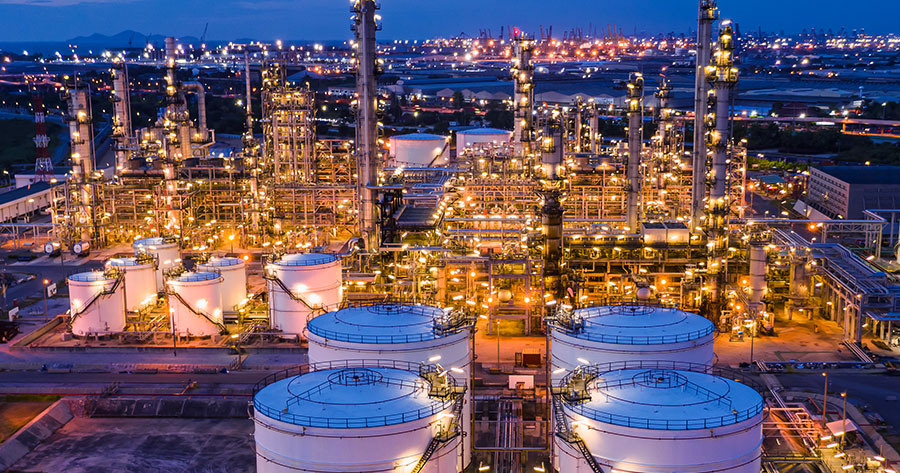Crude oil prices rose sharply as sanctions against Russia added constrains on trade finance for crude shipments and some traders opted to avoid Russian supplies in an already tight market.
Brent crude oil climbed to $110 increasing by 5.45%which was last seen on July 2014 while U.S. WTI surged to $109.99 per barrel reaching the highest level since July 28,2014.
“Trade disruptions are starting to get people’s attention,” said Westpac economist Justin Smirk, as reported by Reuters.
“Issues around trade finance and insurance – that’s all impacting exports from the Black Sea. The supply shocks are unfolding,” he said.
Russian oil exports account for around 8% of global supply while Western power have imposed sanctions on energy exports directly, U.S. traders at hubs in New York and the U.S. Gulf are shunning Russian crude.
“People are not touching Russian barrels. You may see some on the water right now, but they were bought prior to the invasion. There won’t be much after that,” one New York Harbor trader told Reuters.
A coordinated release of 60 million barrels of oil by International Energy Agency member countries agreed on Tuesday put a lid on market gains, but analysts said that would only provide temporary relief on the supply front.
“They helped to cap the rise, but if you want to turn prices around, you need something more sustainable,” Smirk said.
Commercial oil stockpiles are at their lowest since 2014, the IEA said.
The Organization of the Petroleum Exporting Countries, Russia and allies, together known as OPEC+, are due to meet on Wednesday, where they are expected to stick to plans to add 400,000 barrels per day of supply each month.
The U.S. Energy Information Administration is due to release weekly data on Wednesday, with analysts polled by Reuters expecting a crude inventory build of 2.7 million barrels.


